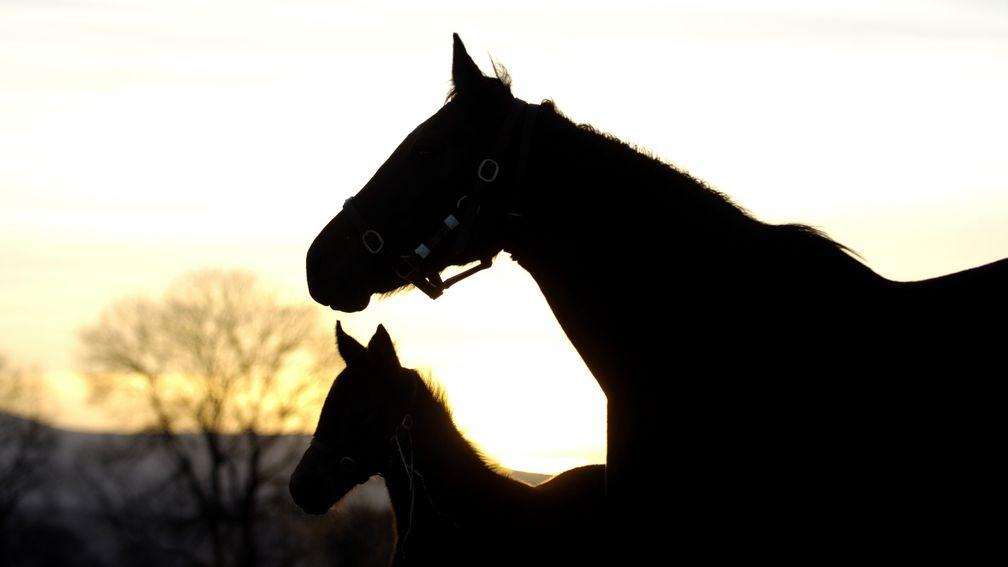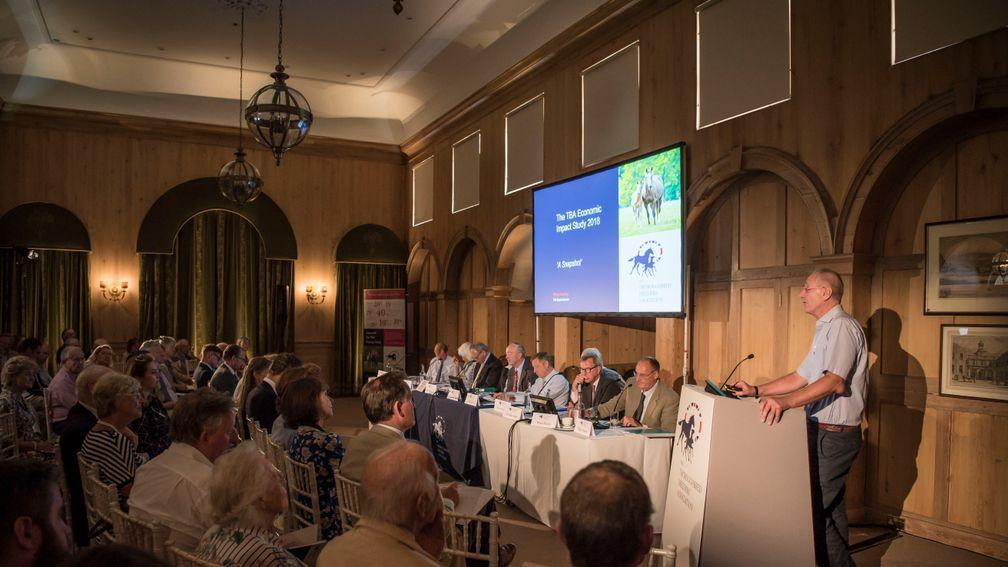Alarming trends for small breeders as 'seismic crack' develops in industry
High levels of unprofitability highlighted in TBA's economic impact report

More than 350 small British-based breeders, or eight per cent of the total, have left the industry over the last five years according to initial findings of a new economic impact study.
Similar work was published in March 2014 but presenting a snapshot of the latest findings, which will be published in full in the autumn, at the TBA annual meeting in Newmarket on Thursday, board member Philip Newton said: “This second report is even more important because it gives us an opportunity to look at trends, and certain things are alarming.”
He revealed that whereas 45 per cent of breeders were unprofitable in 2014, the number had now risen to 66 per cent according to the report, which was commissioned by the TBA from analysts Pricewaterhouse Coopers.
Other figures from the study show that:
- £12,000 is the estimated loss on an average filly sold at a National Hunt sale, and £23,500 for a yearling sold at Tattersalls Book 3 sale
- One-third of British-bred foals are produced by breeders with one or two mares
- Stud farms are being increasingly sold for alternative uses
- More than 25 per cent of British stud farms have skills gaps
Newton added: “Breeding remains chronically unprofitable for the vast majority, with many small to medium-sized breeders facing extinction if the return on investment does not improve.

Turning to the potential impact on the racing programme, he said: “There’s a seismic crack developing in the industry.
“Approximately 20,000 individual runners are required to sustain the British racing calendar, for which British-bred horses are the main source of supply, accounting for close to 50 per cent of all horses in training and racing.
“If the number of small breeders, or any size breeder, continues to disappear, there will be fewer foals born and the racing programme will be compromised. Add the increasing demand from overseas markets for our racing product and the problem only increases.”
Newton added: “I’m not advocating over-production. We have to create a robust and sustainable British breeding industry to produce the raw material that racing needs. And charity should begin at home.”
Welcoming the economic impact study, TBA chairman Julian Richmond-Watson said: “It is an essential piece of work, which we will use to demonstrate how and where the British breeding industry needs support.”
If you found this story of interest you may wish to read...
Juddmonte, Dubawi and Elite Racing Club honoured at TBA awards night
TBA unveils plans for £20,000 bonus to boost demand for British-breds
Paul Greeves retires as deputy chairman of Thoroughbred Breeders' Association
Published on 19 July 2018inNews
Last updated 18:14, 19 July 2018
- Shortlisted nominees announced for the tenth TBA National Hunt Breeders’ Awards
- Racing Post Foal Gallery: May
- Blackbeard's sister and €2.6 million Goffs graduate Run Away makes successful debut at Yarmouth
- Station Yard back on track for Guineas Breeze-Up Sale after dream Craven result
- 'A unique insight into this fascinating world' - Tweenhills hosts Hartpury students on Racing to School visit
- Shortlisted nominees announced for the tenth TBA National Hunt Breeders’ Awards
- Racing Post Foal Gallery: May
- Blackbeard's sister and €2.6 million Goffs graduate Run Away makes successful debut at Yarmouth
- Station Yard back on track for Guineas Breeze-Up Sale after dream Craven result
- 'A unique insight into this fascinating world' - Tweenhills hosts Hartpury students on Racing to School visit